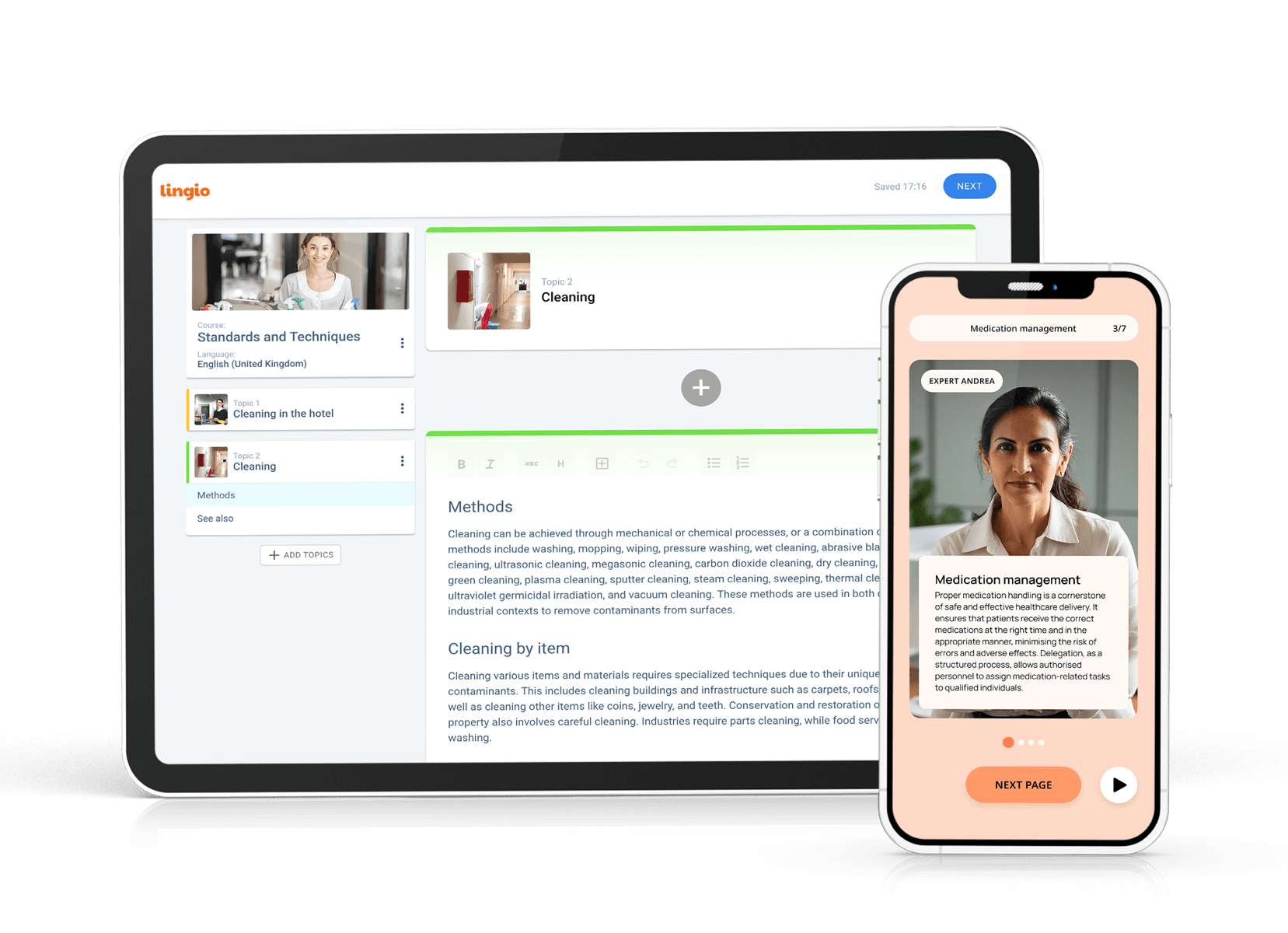Language barriers continue to pose significant challenges in today’s globalised and multilingual workplaces. Whether your team speaks multiple languages, comes from diverse backgrounds, or navigates culturally unique language usage, these differences can hinder effective communication, disrupt workflows, and affect employee efficiency and morale.
Understanding how to overcome language barriers in the workplace is crucial for building an inclusive work environment where all employees feel valued. Misunderstandings due to national or cultural differences, limited language proficiency, or unfamiliar communication styles can strain relationships and lower productivity—especially when people don't share a common language or come from different linguistic backgrounds.
Fortunately, by addressing language barriers proactively and providing tools like language training, visual aids, and translation tools, organisations can improve communication, encourage open dialogue, and create a more inclusive workplace. Promoting cultural awareness, offering development programs, and supporting effective communication are key to fostering mutual respect, driving cross-functional collaboration, and achieving better business outcomes.
In this guide, we'll share 10 practical steps to help you overcome language barriers, bridge communication gaps, and build a workplace culture that supports diverse perspectives and continuous growth.




